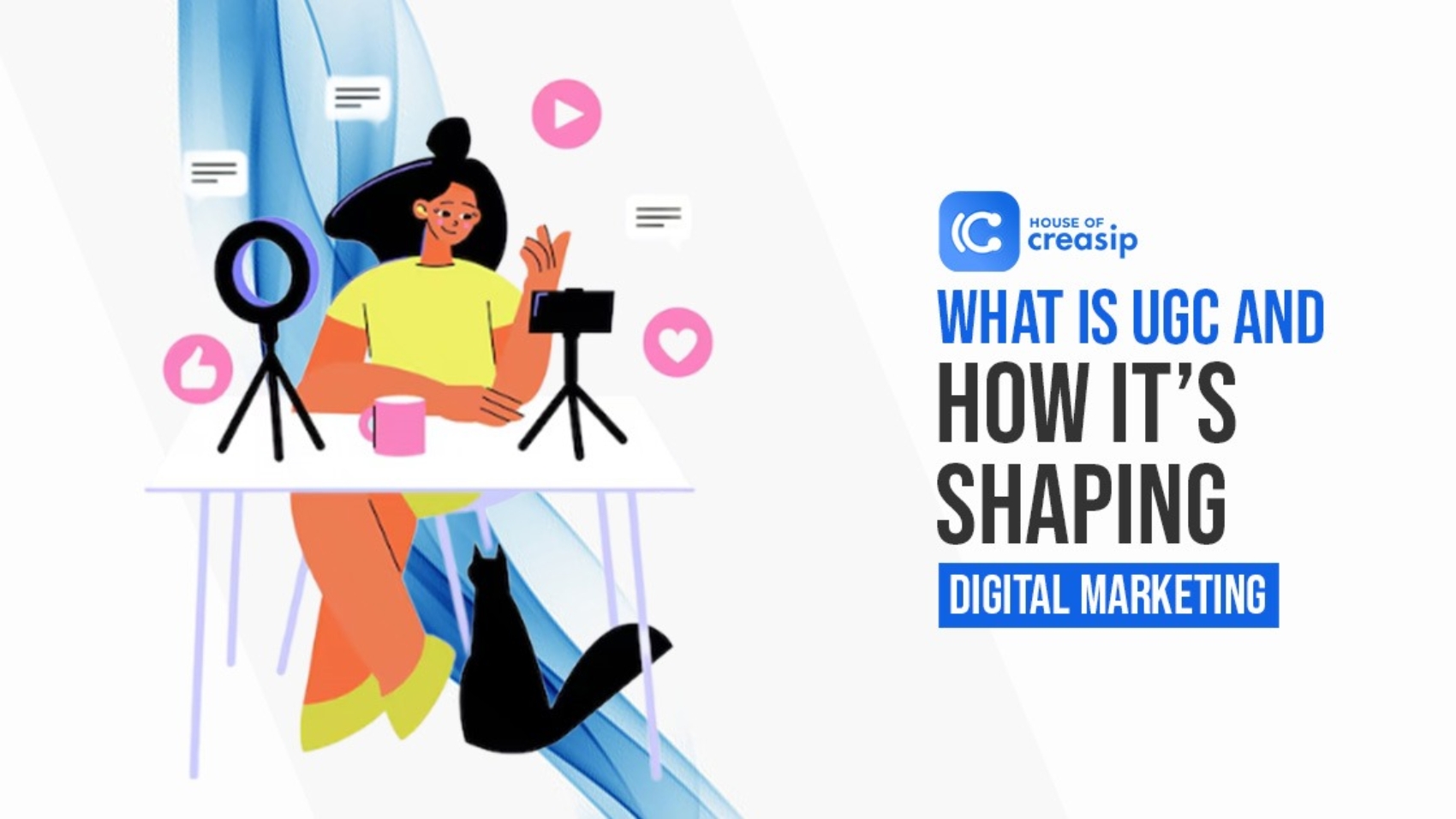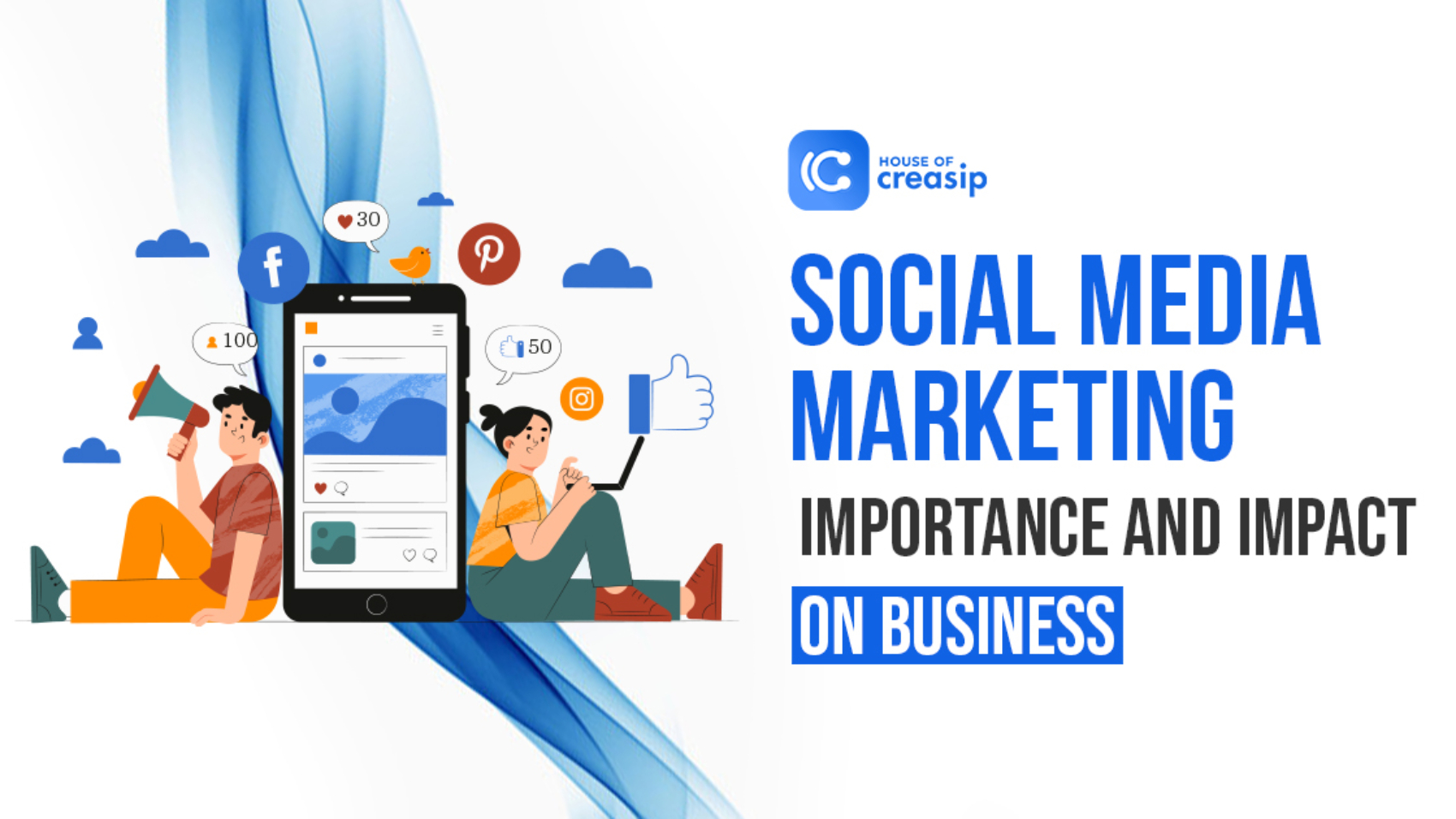Top 12 Powerful Benefits of Social Media Marketing in 2025
For many years, Faqir Chand, the iconic bookstore in Delhi’s bustling Khan Market, welcomed book lovers with shelves lined with timeless classics, handwritten recommendations, and a warm, peaceful atmosphere. Loyal readers visited the store often, due to its charm and quiet magic. But as time passed, footfall dropped, and even a gem like this struggled to stay visible in today’s fast digital world.
Then, everything changed.
A college student visited the shop post-COVID and posted a short Instagram Reel showing the cosy atmosphere, friendly owner and carefully arranged books. That simple video went viral and got over 1 million views in just 3-4 days.
Soon, people from all over Delhi started visiting the store. Influencers shared stories, book lovers tagged their friends, and Faqir Chand’s Instagram followers jumped to over 70,000.
What brought this quiet bookstore back to life?
Just one Instagram Reel changed everything and made a well-kept secret bookstore into a buzzing cultural hotspot.
This story is not an exception; it’s the new norm.Today, in 2025, social media marketing is more than just a trend. It’s an important tool for every business. It can be from small local stores to top brands; they are using platforms like Instagram, LinkedIn, YouTube, and X (formerly Twitter) to grow their audience, build trust and increase sales.
What is Social Media Marketing?
It refers to the use of social media platforms to promote a product, service, or brand. This includes creating and sharing content, running paid ads, collaborating with influencers, engaging with followers, and tracking performance. The goal is to increase visibility, connect with the right audience, and boost conversions.
What makes social media so effective today is its two-way communication. Businesses no longer talk to customers. They talk with them, gaining valuable feedback, building loyalty, and staying top-of-mind. From storytelling and influencer partnerships to real-time updates and viral trends, the potential is endless.
Still wondering how social media can help your business grow?
Let’s look at the top 12 benefits of social media marketing and why it’s a smart move for any brand.
1. Boosts Brand Awareness
Platforms like Instagram, Facebook act as digital billboards with global reach. A single engaging post, whether an Instagram Reel, tweet, or carousel, can put your brand in the spotlight, helping it become recognisable far beyond your target audience.
Example: The iconic Faqir Chand Bookshop in Delhi’s Khan Market. Once known only to loyal readers, it became a viral sensation after a student shared an Instagram Reel capturing its vintage charm. In just 3 days, it hit over 1 million views, bringing in influencers, tourists and many more.
Pro Tip:
Don’t just promote, narrate. Share your brand’s story, founder’s journey, or behind-the-scenes (BTS) moments. Stories are more memorable than advertisements and generate emotional connections that drive shares and visibility.
2. Drives Website and In-Store Traffic
Today, Social media isn’t just for online engagement and visibility. Using tools like link stickers, maps and in-post CTAs, it can convert your viewers into website visitors and also physical customers. It’s a smart sales pathway, wrapped in everyday content.
Example: The Kulhad Pizza stall in Delhi saw a massive spike in customers after a popular Instagram food creator shared a video of their cheesy kulhad pizzas. In just a few days, the stall became a hotspot for passersby, foodies and food vloggers. This boosted their monthly sales significantly.
Pro Tip:
Use tools like Linktree, Google Maps location pins and strong Call to Action (CTAs) such as “Book Now” or “Visit Today” to make the user journey effortless.
3. Generates Leads and Sales
The benefits of social media for business now enable instant conversions. Whether it’s product-tagged posts or integrated lead generation forms, these tools are turning engagement into action. For all types of brands, social media has become a powerful revenue engine.
Example: Dot & Key, a rising skincare startup, launched an Instagram Story campaign offering free product trials. Through swipe-up forms and eye-catching visuals, they captured over 10,000 leads in a single week.
Pro Tip:
Offer valuable incentives like freebies, discounts, or ebooks in exchange for email sign-ups or purchases. Ensure the process is mobile-friendly and fast.
4. Boosts Customer Engagement and Brand Loyalty
Unlike traditional advertisements that just talk to you, social media marketing starts real conversations. Responding to comments, DMs, and creating engaging content helps build trust and long-term customer loyalty. It also makes your audience feel heard and valued.
Example: Nancy Tyagi, the self-made fashion creator known for her DIY couture, engages her audience through design process videos, outfit polls, and heartfelt replies. Her authenticity not only drives viral engagement but also fuels steady sales of her newly launched fashion line.
Pro Tip:
Encourage interaction. Use story polls, respond personally to DMs, and share user-generated content. Loyal customers become your best promoters.
5. Offers Affordable Yet Powerful Marketing
One of the greatest advantages of social media marketing it gives everyone a fair chance to grow. You don’t need a lot of money to grow on digital platforms, just a smart strategy. Stay active, get creative, and plan well. With the right strategy, anyone can build a strong online presence.
Example: GIVA, a fast-growing silver jewellery brand, built a strong online presence without massive ad budgets. By collaborating with micro-influencers, sharing behind-the-scenes Instagram Reels and featuring real customer stories. They built trust and relatability, and made 10x growth in followers and a surge in organic sales.
Pro Tip:
Use free tools like Canva, CapCut, or InShot to create impactful and creative content. Test formats like memes, carousels, and Reels to find what resonates most.
6. Humanises Your Brand
People connect with people, not logos. A major benefit of social media marketing helps you give your brand a voice and a face, building stronger emotional connections. Behind-the-scenes moments, company stories and honest conversations make your brand feel real.
Example: Zomato, a food delivery company, speaks like a friend. Their witty notification, relatable memes, and behind-the-scenes (BTS) office life make the brand feel alive by celebrating team members and quirky food habits.
Pro Tip:
Use Instagram Stories or Reels to showcase your team, work culture and candid moments.
7. Fuels Viral Word-of-Mouth
A single highly relatable or entertaining post can go viral, putting your brand in front of thousands, even millions. The importance of social media marketing lies in content that’s emotional, authentic, and shareable to the maximum people. With the right strategy, it can turn everyday posts into powerful brand moments.
Example: Pepsi’s Unbottle Apna Swag campaign in 2019 encouraged users to share clips of their unique personalities, sparking millions of views and UGC. It blended self-expression with music and creators, making the brand more relatable.
Pro Tip:
Create new challenges, use trending audio, and encourage hashtags. The more share-worthy your content, the farther your reach.
8. Provides Deep Audience Insights
Social media marketing platforms like Instagram offer detailed analytics, which include age, gender, location, interests and content performance. It helps you as a brand understand your audience better and refine your strategy for higher engagement and growth.
Example: H&M India discovered that a large portion of its audience engaged most actively after 8 PM. By shifting their posting schedule to align with this behaviour, they saw a noticeable boost in engagement on Reels and Stories.
Pro Tip:
Use Instagram Insights, Meta Business Suite, or LinkedIn Analytics to track top-performing content and audience behaviour.
9. Builds Community and Brand Tribe
When followers identify and relate to your values and voice. They become a community, not just customers. These communities drive word-of-mouth and consistent engagement. All of this happens through thoughtful, clever and strategic social media marketing.
Example: mCaffeine, a personal care brand, built a strong community by blending skincare education with fun, caffeine-powered content. Through influencer collaborations, quirky Reels, and honest reviews, they turned users into loyal fans who actively engage, share, and recommend.
Pro Tip:
Be consistent with your brand’s tone, values, and mission. Community-building takes time but delivers long-term loyalty.
10. Supports Influencer & Collaboration Marketing
Social media marketing makes it easy to partner with influencers and brands. These collaborations quickly boost your reach, trust and visibility. Whether it’s product shoutouts or co-branded content, it’s a powerful way to grow.
That’s where we, House of Creasip, come in, India’s largest influencer marketing agency. We help brands like yours find the perfect influencers, tell authentic stories and turn collaborations into real growth. Whether you are just starting or ready to scale, we have got the strategy, the talent and the magic to make it happen.
Example: Zouk, a vegan handbag brand, partnered with sustainability influencers to boost their visibility and trust, leading to higher traffic and sales.
Pro Tip:
Look for micro-influencers (10k–100k followers) who align with your niche. Their audiences are highly engaged and trust their content, making your brand collaborations feel more authentic and effective.
11. Boosts SEO and Online Presence
Social media shares contribute to off-page SEO. Engaged platforms can lead to higher Google search rankings and better online discoverability. Consistent content, backlinks from shares, and brand mentions signal trust and relevance to search engines.
Example: Razorpay, a leading Indian fintech startup, posted a viral LinkedIn thread about startup funding tips. The post was ranked in top searches by Google and drove significant referral traffic to their blog.
Pro Tip:
Use keywords in bios, captions and alt text. Include backlinks to your website from every profile.
12. Keeps You Competitive and Trend-Ready
Trends start and spread rapidly on social media. Active brands can ride these trends to stay relevant and appeal to younger demographics. Jumping on the right trend at the right time can boost your brand’s visibility, engagement and even virality.
Example: Swiggy, a food delivery app, consistently jumps on trending memes, formats, and viral conversations such as IPL offers, memes and more. This quick, witty engagement keeps them ahead of competitors and top-of-mind for their audience, especially Gen Z and millennials.
Pro Tip:
Daily Monitor platforms like Instagram Reel for trends. Even participating in a fun meme trend can humanise your brand and attract attention.
Conclusion
Today, social media marketing is your brand’s lifeline. Whether you’re a beloved bookstore like Faqir Chand or a fast-growing D2C startup. Social media platforms like Instagram, LinkedIn, X (formerly Twitter) and YouTube offer unmatched visibility, community connection and business growth.
From viral reels to influencer collaborations, the benefits of social media for business are clear. It helps give your brand, big or small, a chance to tell its story, build trust and turn followers into loyal customers. With real-time feedback, affordable ad options and global reach, social media marketing truly drives meaningful business growth.
If your brand isn’t online, you’re not just missing out; you are deep in FOMO and falling behind.
But the good news? It’s never too late to start. Begin with small, authentic steps. Share your story, post consistently and engage with your audience in ways that feel real.
And if you are ready to unlock your brand’s full potential, partner with House of Creasip, India’s leading influencer marketing agency. We help brands like yours craft content that clicks, grow organically and create campaigns that convert.
Because in a world that scrolls fast, one powerful post can change everything.








